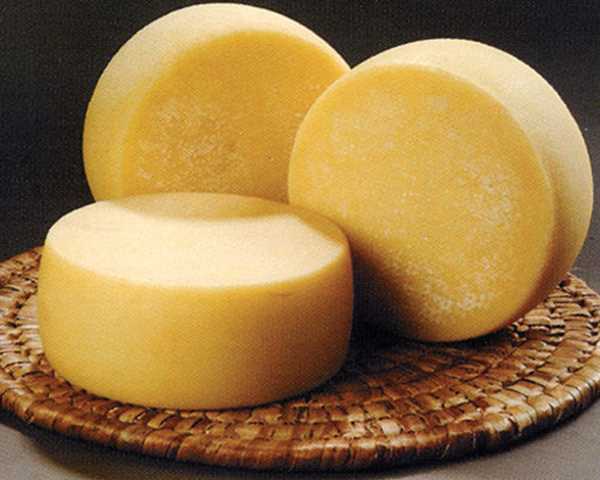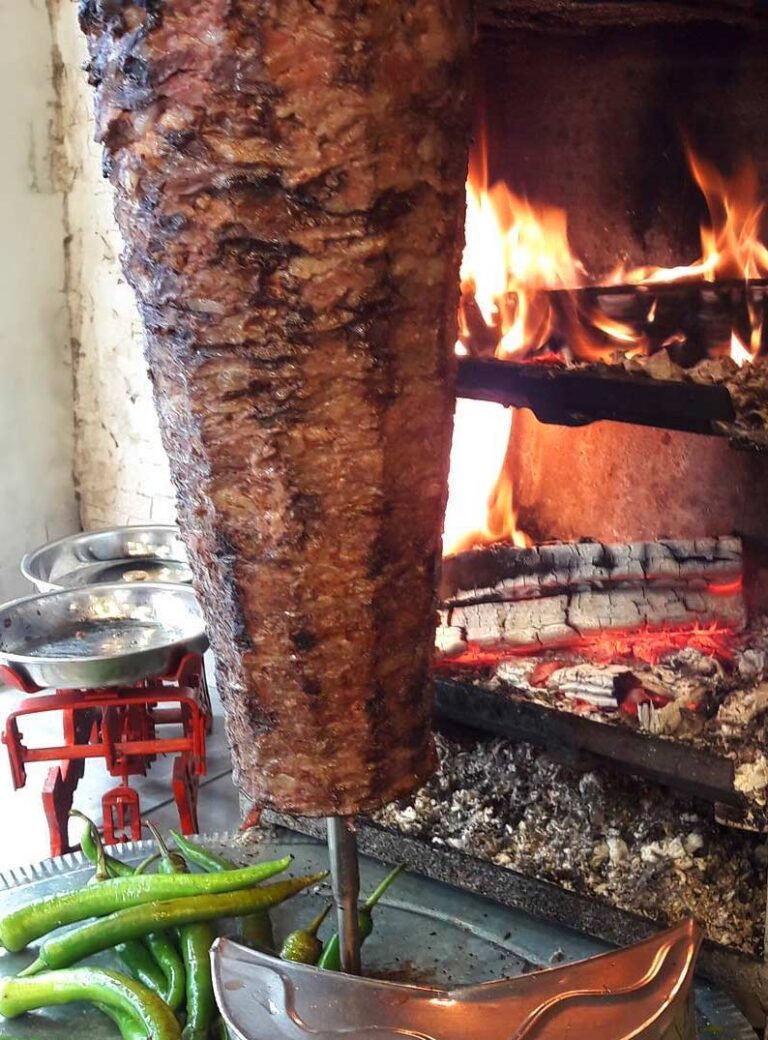Discover the secret behind the unique flavor of Kars Cheese: The cool, rainy climate of the mountains, rich vegetation, and traditional production methods. Kars Cheese leaves an unforgettable taste on the palate.
Kars Cheese is a distinct variety of cheese produced in the Kars and Ardahan provinces of Turkey’s Eastern Anatolia Region. The unique flavor of this cheese is directly linked to the characteristics of its geographical area and the traditional methods used in its production.
Geographic Characteristics of Kars Cheese
- Climate and Vegetation: The late onset of spring and rainy, cool seasons in and around Kars contribute to the formation of alpine meadows, making the region ideal for livestock farming.
- Diverse Plant Species in Meadows: The meadows in Kars and Ardahan are home to nearly 1600 flowering plant species, with about 80 of them being endemic and 20 rare. This rich botanical diversity significantly influences the flavor of the milk.
Production Process of Kars Cheese
- Seasonal Production: Kars Cheese is produced from the milk of freely grazing cattle during May to August. This process plays a critical role in defining the cheese’s taste and aroma.
- Chemical Profile: The flavor of Kars Cheese is determined by the presence of 32 compounds including aldehydes, ketones, esters, fatty acids, terpenes, and hydrocarbons, which make up its chemical profile.
Physical Characteristics of Kars Cheese
- Color and Texture: Fresh Kars Cheese is whitish in color, turning yellowish within a week. Aged Kars Cheese has a greyish crust and a creamy yellow interior.
- Flavor Profile: Fresh Kars Cheese tastes mildly salty and resembles the flavor of milk. As it ages, the cheese becomes harder and develops a rich aroma. Aged cheese has a more pronounced flavor and melts easily in the mouth.
Cultural and Economic Significance of Kars Cheese
Kars Cheese is not only known for its flavor but also plays a significant role in regional development. Adapted to the climatic and ecological features of Eastern Anatolia, this cheese perpetuates local livestock farming and cheese-making traditions, adding value to the region’s economic life.
The unique taste of Kars Cheese arises from the richness of mountain meadows and the region’s distinct climatic conditions. This cheese represents the natural and cultural heritage of Kars, playing a crucial role in preserving and promoting traditional flavors. Each slice of Kars Cheese offers a natural taste festivity, originating from Anatolia’s rich pastures. It stands out as a source of pride for the local community and a gourmet delight, gaining appreciation in the culinary world.
Kars Cheese, a traditional Turkish cheese, has its roots in the early years of the Turkish Republic, specifically dating back to the cheese-making initiatives started in the Kars region. Recognizing the potential and quality of local milk, entrepreneurs established cheese production in the area. The earliest recorded production of Kars Cheese dates back to 1926 in the central village of Kümbetli in Kars. Between 1927 and 1933, over 40 cheese workshops sprang up in the region. Today, Kars Cheese is still produced in modern facilities, maintaining its traditional methods, and has become one of the region’s most significant economic sectors, with its fame spreading throughout Turkey.
Geographic and Agricultural Significance
- Livestock Farming: In Kars, cheese production heavily relies on pastoral farming, as highlighted in numerous scientific studies. The region’s unique climate and flora create ideal conditions for dairy farming.
- Milk Quality: The milk used in Kars Cheese comes from cattle grazing in meadows that are home to approximately 1600 species of flowering plants, including about 80 endemic and 20 rare taxa, found in Kars and Ardahan. The cheese production is seasonal, with milk collected from freely grazing cattle from May to August. This method distinguishes Kars Cheese from its counterparts.
Physical Characteristics
- Color and Texture: Fresh Kars Cheese is initially whitish, turning yellowish within a week. In contrast, aged Kars Cheese develops a greyish crust with a creamy yellow interior. As it ages, its texture becomes harder due to processes like proteolysis, glycolysis, and lipolysis, contributing to a distinctive, intense aroma. The cheese is known for its low water content and firm texture, and its cut surface should be smooth and even.
Production Process
- Ingredients and Method: Primarily made from cow’s milk, Kars Cheese can also include sheep or goat milk. The traditional method involves twice-grating a type of white cheese known as “teleme.” This grated cheese is then filled into chrome baskets with 0.3 mm holes and immersed in a water bath at 72-78°C for 2-3 minutes until it reaches a gum-like consistency. This process is known as “Water Bath Cooking.” Cheeses produced by the dry cooking technique lack many characteristics of authentic Kars Cheese. Industrial salt is used in the cheese-making process, with no other additives. The production facilities are typically situated at altitudes above 1700 meters above sea level. Kars Cheese is marketed as fresh for up to 90 days and as aged thereafter. The cheese is produced in accordance with the Turkish Food Codex.
Kars Cheese not only represents a culinary delight but also embodies the cultural and gastronomic heritage of Turkey. Its production process, rooted in tradition yet adapted to modern standards, showcases the rich history and dedication to quality in Turkish cheese-making. Kars Cheese remains a symbol of regional pride and a testament to the unique flavors that the Turkish landscape and its traditional practices can produce.



